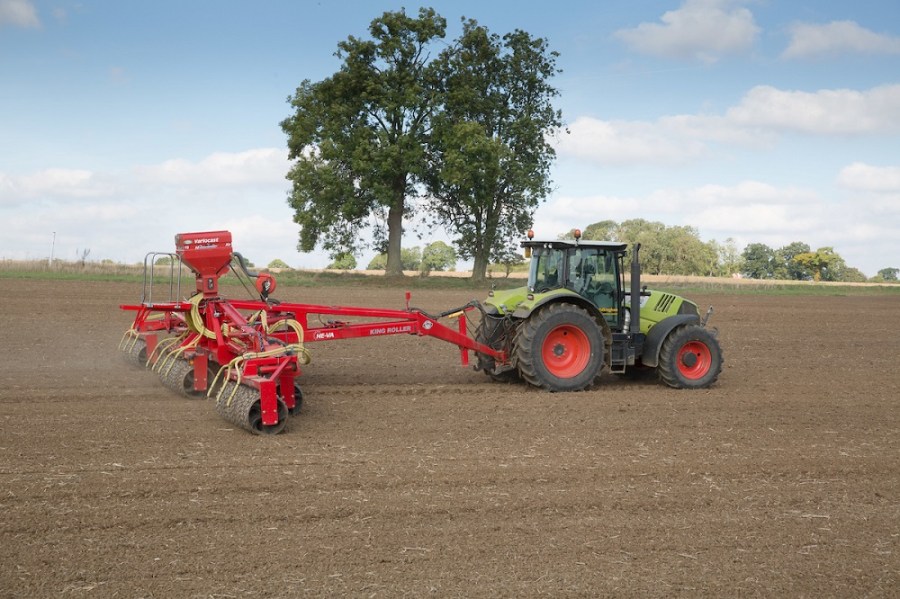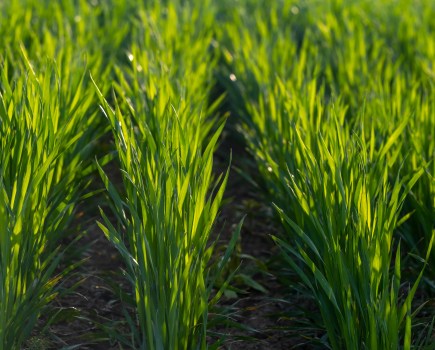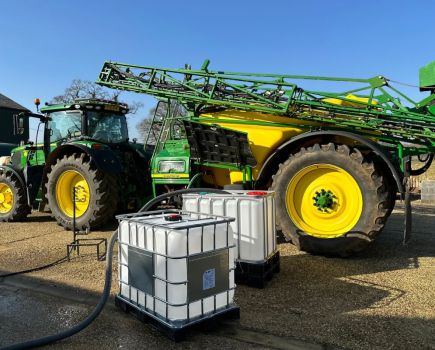After winter drilling being pretty much a non-starter for many around the country, it’s highly likely that there will be a significant increase in the number of spring cereals going into the ground over the coming months — which could, in turn, put pressure on spring weed burdens.
CPM spoke exclusively to Gowan to get a better picture of what lies ahead for growers and how they can put themselves in the best position to tackle any additional spring weed pressures.
By Charlotte Cunningham
It’s fair to say that autumn 2019 isn’t one that’ll be forgotten in a hurry. However, with one of the biggest washouts on record, the aftershocks are likely to last well into 2020.
And it’s not just cropping that’s been affected. Blackgrass emergence is also likely to be impacted by the very wet conditions, as a result of autumn germination being delayed by induced dormancy in wet soil — instead, germinating in spring when the soil dries out.
As well as this, according to ADAS monitoring, blackgrass seed dormancy was relatively high. The question is: Where does this leave growers?
“Typically we see 15-20% of blackgrass populations germinating in spring,” explains Barrie Hunt, UK and Ireland technical manager at Gowan. “Levels this spring are likely to be well above this, and so growers ought to be planning ahead and thinking about which chemistry is going to be most effective.”
According to Barrie, the main barrier to achieving robust control is a lack of available, effective chemical options. “The vast majority of pre-emergence herbicides have greatly reduced spring application rates, with individual flufenacet products being limited to rates delivering just 120g/ha of active — that’s 50% of the autumn blackgrass rate.”
So what’s the solution?
Alongside some of the pendimethalin-containing products, Barrie believes both Avadex Factor and Avadex Excel 15G (triallate) could help give growers the edge over blackgrass this spring. “Both Avadex products deliver a full effective grassweed dose at all cereal drilling dates — autumn or spring,” he explains.
In terms of crop suitability, Avadex Excel 15G can be used on both spring barley and spring wheat, while Avadex Factor is suited solely to spring barley, says Barrie. “In spring barley both Factor and 15G can be used either pre-drilling or post-drilling pre-emergence. This really widens the application window, allowing more time to get it on, without affecting performance.”
As well as putting up a fight against blackgrass in spring cereals, Avadex is also authorised for use on spring linseed and has proven itself to do a great job on wild oats too, he adds. “Both Factor and 15G can be used under an EAMU. This makes them the only non-ACCase blackgrass/wild oat product available for this crop.”
Though he doesn’t claim Avadex is a silver bullet, Barrie believes it could be a useful part of the solution — particularly this season. “There’s no doubt it’s going to be a challenging year. However, with proper planning, and by optimising the most effective products, growers should hopefully be able to put themselves in a much stronger position heading into harvest 2020.”




